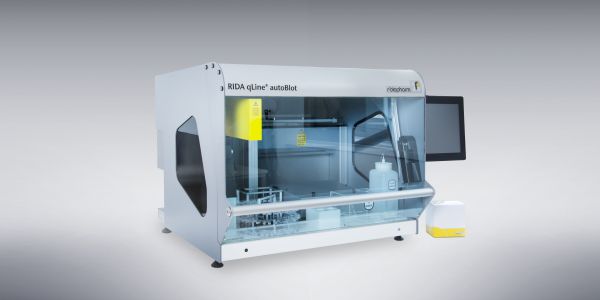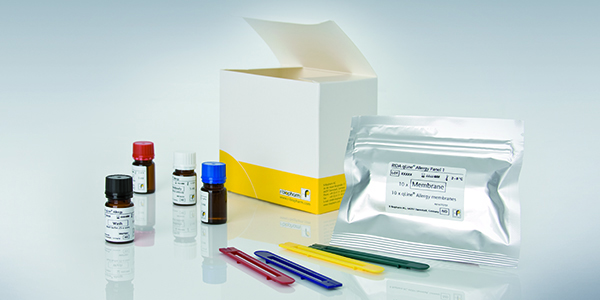Select the desired diagnostic field here:

Allergology
Allergy diagnostics – precise and reliable
Allergies are steadily increasing in industrialized countries. Nowadays, an allergy is defined as a specific hypersensitivity involving the immune system to substances which are actually harmless.
The four allergy types (type I – IV) originally classified by Coombs and Gell have meanwhile been joined by type V.
Type II and III allergies
Type II and III allergies are characterized by the formation of immunoglobulin G or M, with type II reactions acting against cell surfaces and type III reactions against soluble antigens. In type III reactions, the IgG antibodies form immunocomplexes with the allergens, which can cause exogenic allergic alveolitis, for example. Furthermore, IgG antibodies against food stuff are suspect to mediate delayed food allergies.Learn more about delayed food allergies here


Type IV and V allergies
Type IV reactions are cellular reactions which predominantly involve T lymphocytes. The granulomatous type V allergy can be regarded as a variant of type IV allergy, as it also triggers a cell-mediated immune reaction, but involves macrophages instead of T lymphocytes.










